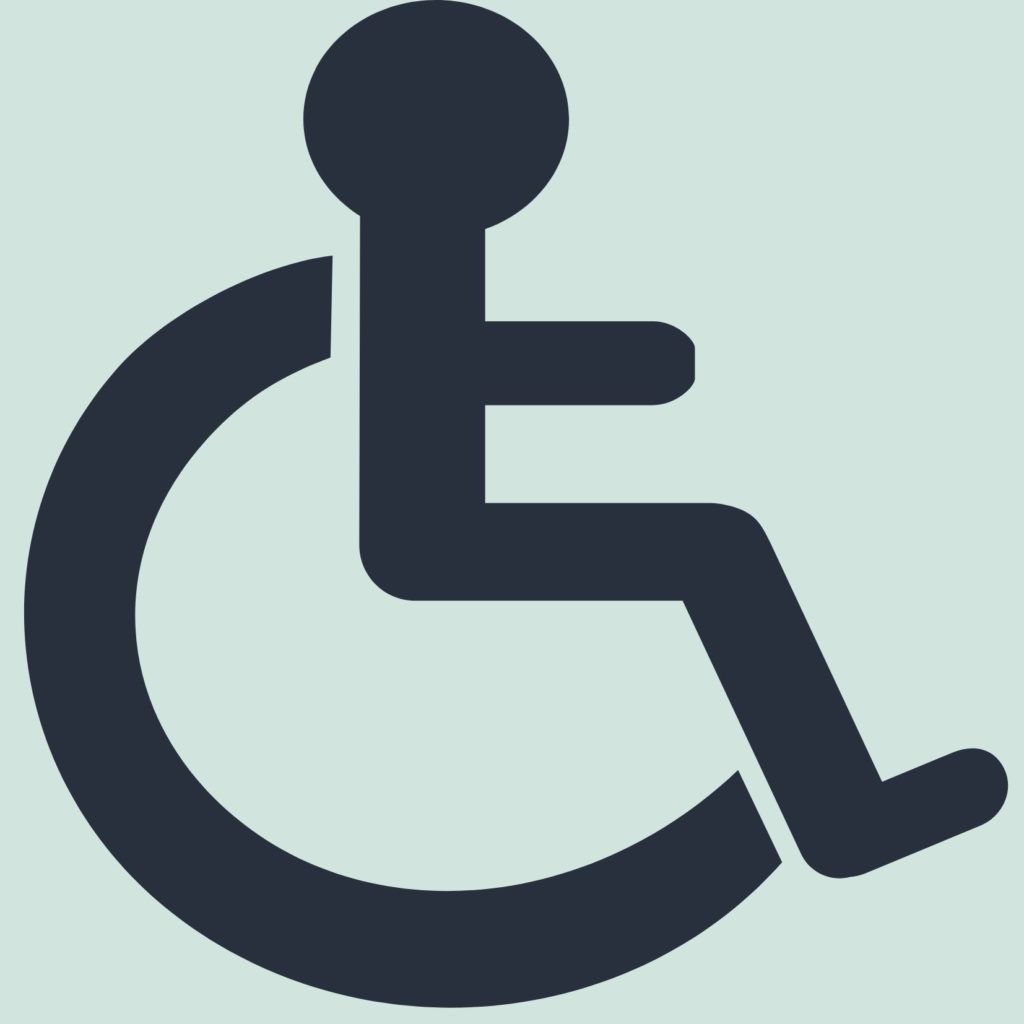Learner-centered design is an important component of instructional design. Kassie Dwarika touches on many elements of this approach during her interview.
Getting into the shoes of the learner requires identifying what they find engaging, usable and understandable.
Engaging



Kassie believes lessons that are active, brief and relevant engage her learners. Click below to learn more about learner engagement in ID.
Usable



Usability includes accessibility for all as well as providing easy-to-use learning experiences available when and where learners need it.
Understandable



Material should be presented clearly, account for prior knowledge, be developmentally appropriate and culturally aware.
Kassie is a proponent of micro-learning. This post is an example of the approach. It has simple surface content and opportunities to explore further. Take the following quiz to identify areas you want to delve into.
Results
There is always more to learn! Take time to explore the areas that interest you most.
#1. I have a clear understanding of the following engagment strategies (select all that apply):
Select all that apply:
All of the above are strategies used to engage learners. Both the content and the learners will help determine which strategies will be most effective. For further explanation on these, click on the Blog Post link in the Engaging section.
#2. Accessibility needs of specific learners are fixed.
Accessibility needs are fluid. For an excellent illustration of this concept, click on the Infographic link in the Usable section.
#3. A good example of alt text is:
The alt text should be paint a picture in the mind and be descriptive of the entire image. For more information on best practices for accessibility, click on the Website link in the Usable section.
#4. I understand and can apply the principles of cognitive load theory based on the leaners level of expertise.
For a quick overview of cognitive load theory and its applications relative to learners knowledge level, click the Infographic link in the Understandable section.
Designing with a learner-centered approach requires the instructional designer to understand the learner. They can do that by identifying what the learner finds engaging, usable and understandable.
Interview with Kassie Dwarika
Back to previous blog post – The Art and Craft of Design



